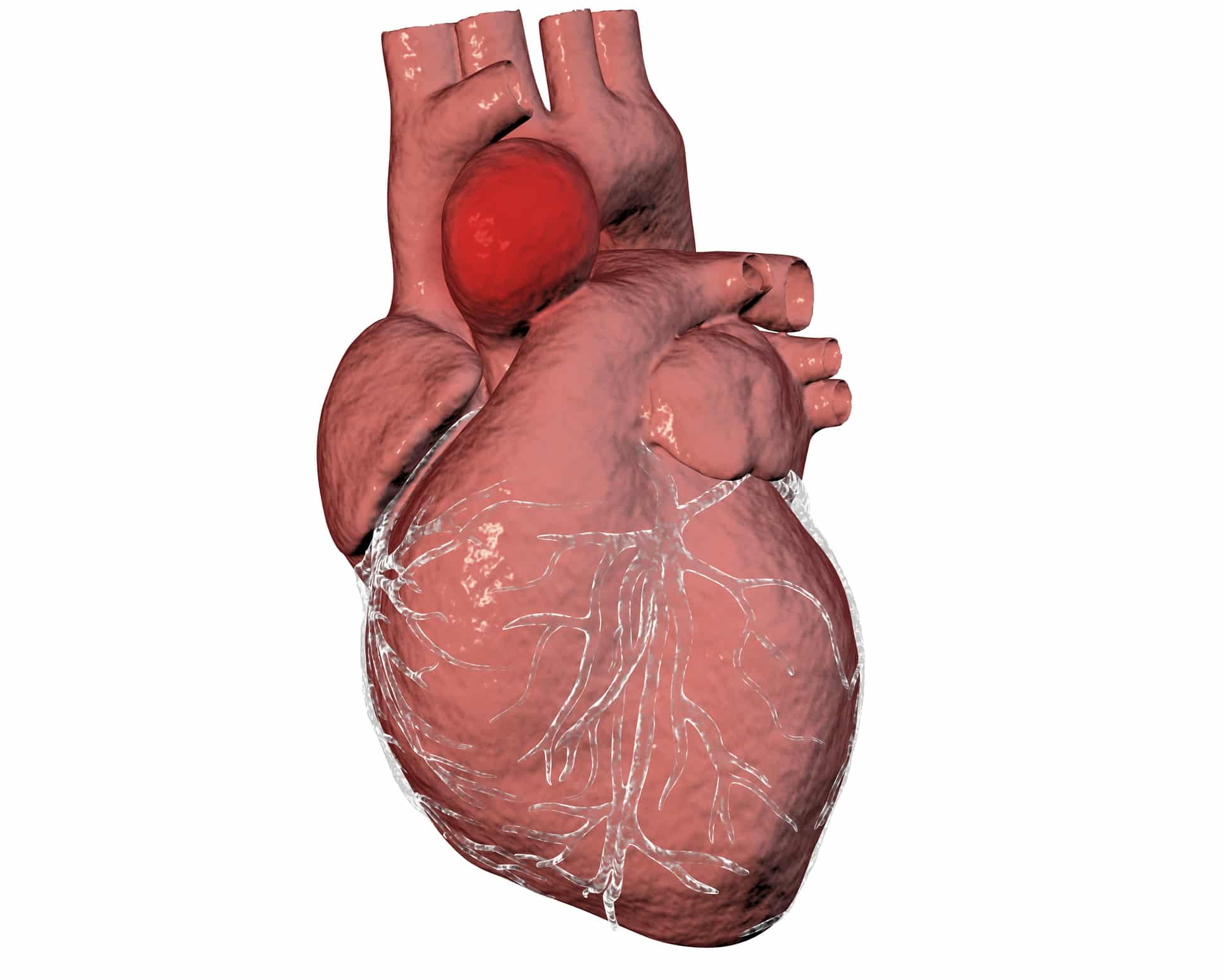Aortic Valve Regurgitation And Root Aneurysm Surgery Using Keyhole Surgery

Severe Aortic Valve Regurgitation and Aortic Aneurysms Can Be Repaired or Replaced By Keyhole To Speed Up Recovery
Aortic valve regurgitation (AR) is a condition where the aortic valve fails to close properly, allowing blood to flow backward from the aorta into the left ventricle during diastole[1]. When severe, this can lead to significant cardiac complications and requires timely intervention. As a heart surgeon specializing in minimally invasive techniques, I’ve seen firsthand how advances in our understanding of valve anatomy and surgical approaches have dramatically improved outcomes for patients with severe AR.
Trileaflet vs. Bicuspid Aortic Valve Anatomy
The aortic valve typically has three leaflets (cusps) that open and close with each heartbeat, ensuring unidirectional blood flow from the left ventricle to the aorta[6]. However, approximately 1% of the population is born with a bicuspid aortic valve (BAV), which has only two leaflets[6]. This congenital variation can significantly impact valve function and long-term cardiovascular health.
Trileaflet Aortic Valve
A normal trileaflet aortic valve consists of three symmetrical cusps that meet at the center when the valve closes. This design allows for optimal distribution of stress and efficient blood flow. In cases of AR with a trileaflet valve, the regurgitation may be due to various factors such as leaflet prolapse, restrictive leaflet motion, or annular dilatation[9].
Bicuspid Aortic Valve
BAV is the most common congenital cardiac anomaly and is associated with an increased risk of valve dysfunction and aortopathy[5]. The two leaflets in a BAV are often asymmetrical, which can lead to abnormal stress distribution and accelerated degeneration. BAV patients are more prone to developing AR at a younger age compared to those with trileaflet valves[8].
The Importance of Aortic Measurement
Accurate measurement of the aorta is crucial in managing patients with severe AR, particularly those with BAV. The aortic root and ascending aorta are often dilated in these patients, which can further exacerbate valve dysfunction and increase the risk of aortic complications[5].
Measurement Techniques
We typically use a combination of echocardiography, CT, and MRI to assess aortic dimensions. Transthoracic echocardiography (TTE) is our first-line imaging modality, but transesophageal echocardiography (TEE) often provides more detailed information about valve morphology and aortic dimensions[1]. 3D TEE has become particularly valuable in complex cases, offering superior visualization of valve anatomy and aortic root geometry[8].
Threshold for Aortic Intervention
The decision to intervene on the aorta depends on several factors, including aortic size, rate of growth, and associated risk factors. Current guidelines recommend:
– For patients with trileaflet valves: Consider aortic replacement when the aortic diameter is ≥55 mm[5].
– For patients with BAV: Consider aortic replacement when the aortic diameter is ≥50 mm, or ≥45 mm with additional risk factors[5].
It’s important to note that these thresholds may be lower in patients undergoing concomitant aortic valve surgery. In my practice, I often recommend aortic intervention at smaller diameters (≥45 mm) for BAV patients undergoing valve surgery, given their increased risk of aortic complications[5].
The Value of Aortic Valve Repair
Aortic valve repair has gained significant traction in recent years as an alternative to valve replacement, particularly for younger patients with AR[4]. The benefits of valve repair include:
1. Preservation of native valve tissue
2. Avoidance of long-term anticoagulation
3. Reduced risk of prosthetic valve-related complications
4. Potential for better long-term outcomes
Valve repair techniques vary depending on the underlying pathology but may include leaflet resuspension, free margin plication, or commissural resuspension[4]. In BAV patients, we often perform repair techniques specific to their unique anatomy, such as raphe resection or leaflet reconstruction.
Minimally Invasive Approaches to Aortic Valve Surgery
As a pioneer in keyhole heart surgery, I’m particularly excited about the advancements in minimally invasive techniques for aortic valve procedures. These approaches offer significant benefits to patients while maintaining the efficacy of traditional open surgery.
Ministernotomy
A ministernotomy involves a smaller incision (typically 5-8 cm) in the upper part of the sternum[1]. Benefits include:
– Reduced surgical trauma
– Faster recovery time compared to full sternotomy
– Improved cosmetic outcome
– Decreased risk of sternal wound complications
While not as minimally invasive as a right minithoracotomy, a ministernotomy still offers significant advantages over a full sternotomy and can be an excellent option for many patients.
Right Minithoracotomy
The right minithoracotomy approach is truly minimally invasive, involving a small (4-6 cm) incision between the ribs on the right side of the chest[2]. This technique offers several unique advantages:
– No bone breaking, leading to the quickest healing time
– Minimal surgical trauma
– Excellent cosmetic results with a barely visible scar
– Significantly reduced pain compared to sternotomy approaches
– Near-zero risk of sternal wound infections
– Faster return to normal activities, often within 1-2 weeks
At The Keyhole Heart Clinic, we’ve found that the right minithoracotomy approach is particularly beneficial for patients with severe AR who require isolated aortic valve surgery. The rapid recovery and minimal pain allow patients to return to their normal lives much more quickly than with traditional approaches.
Conclusion
Severe aortic regurgitation, whether in trileaflet or bicuspid valves, requires careful evaluation and timely intervention. Understanding the underlying anatomy, accurately measuring the aorta, and choosing the appropriate surgical approach are all crucial elements in ensuring the best outcomes for our patients.
As surgical techniques continue to evolve, we’re seeing a shift towards more valve-sparing procedures and minimally invasive approaches. At The Keyhole Heart Clinic, we’re committed to offering our patients the most advanced and least invasive options available. Whether it’s a complex valve repair or a keyhole aortic valve replacement, our goal is always to provide the best possible care with the quickest recovery time.
For patients facing severe AR, it’s important to seek evaluation at a center with expertise in both valve repair and minimally invasive techniques. With proper care and timely intervention, we can significantly improve both the quality and quantity of life for those affected by this challenging condition.
Watch This Video If You wish To Learn More:
References:
[1] https://www.ncbi.nlm.nih.gov/books/NBK470376/
[2] https://www.thekeyholeheartclinic.com/services/valve-disorders/aortic-valve/
[3] https://www.heart.org/en/health-topics/heart-valve-problems-and-disease/heart-valve-problems-and-causes/problem-aortic-valve-regurgitation
[4] https://www.ncbi.nlm.nih.gov/books/NBK558939/
[5] https://www.ncbi.nlm.nih.gov/pmc/articles/PMC6409296/
[6] https://columbiasurgery.org/aortic/aortic-valve-disease
[7] https://www.mayoclinic.org/diseases-conditions/bicuspid-aortic-valve/cdc-20385577
[8] https://www.ncbi.nlm.nih.gov/pmc/articles/PMC6363677/
[9] https://www.ncbi.nlm.nih.gov/pmc/articles/PMC9627857/
[10] https://www.thekeyholeheartclinic.com
[11] https://www.topdoctors.co.uk/medical-articles/what-is-minimally-invasive-aortic-valve-replacement-surgery
[12] https://www.youtube.com/watch?v=rPx5egG918E
[13] https://www.youtube.com/watch?v=Jeg3RV66Nr4

